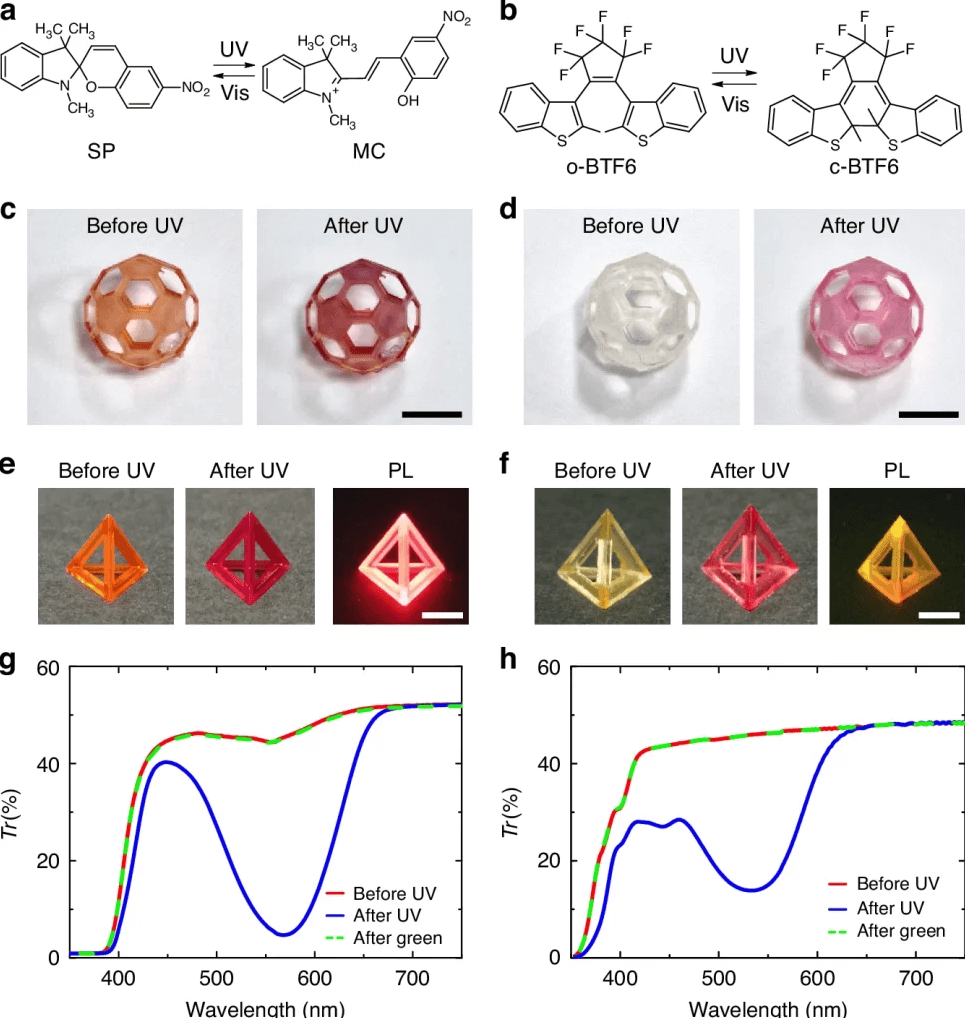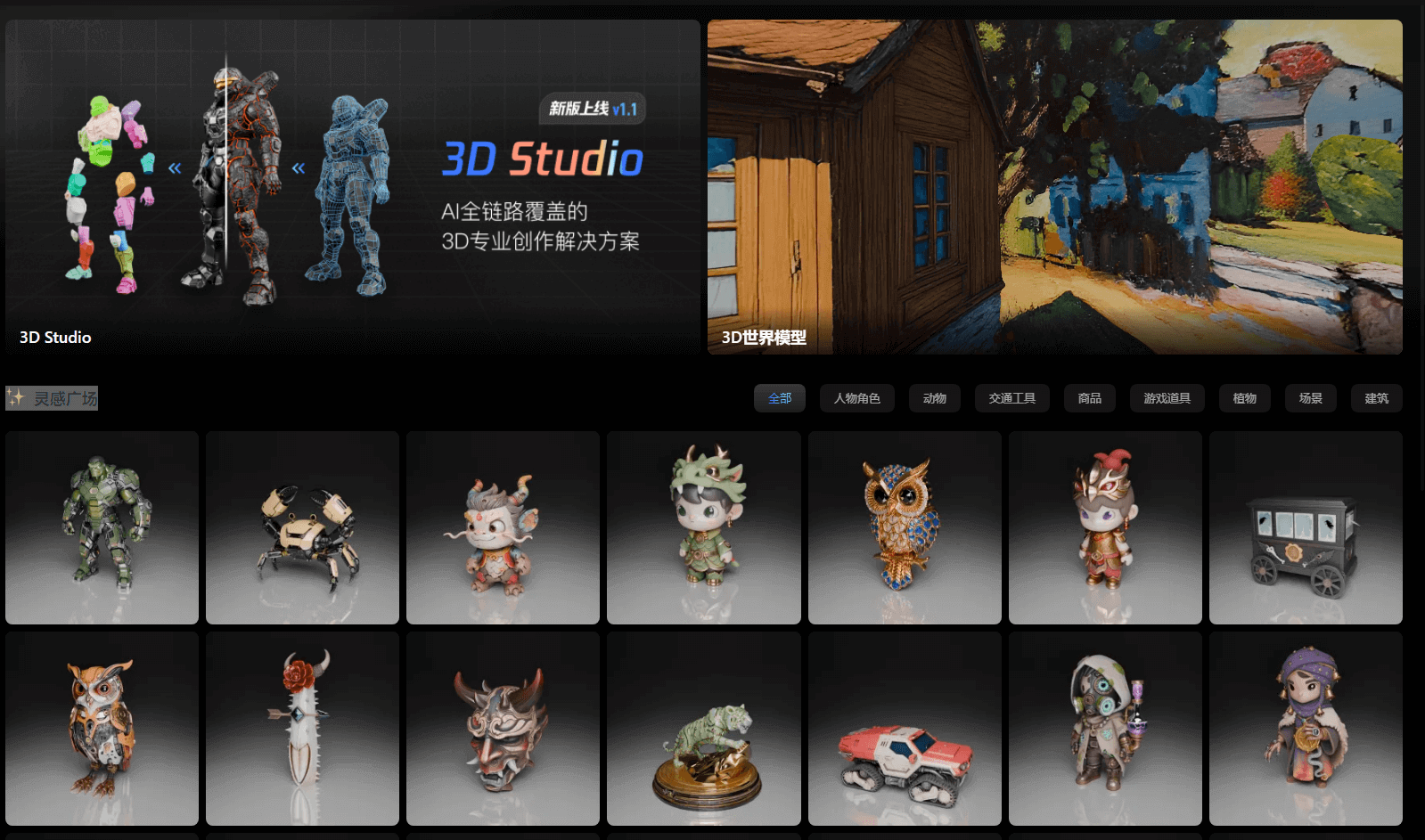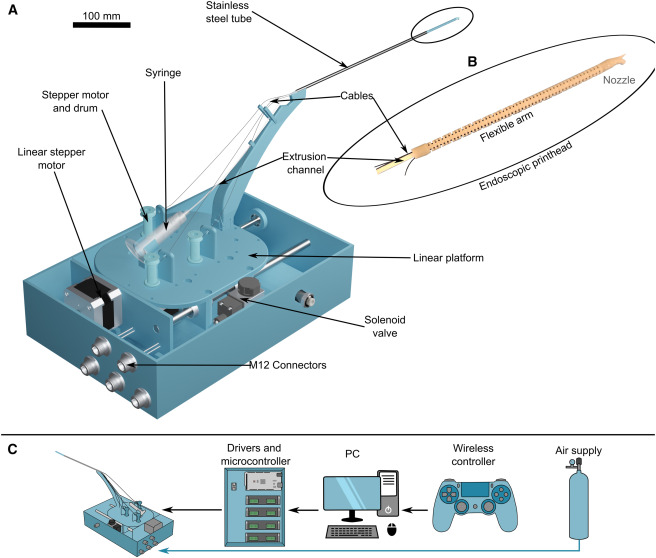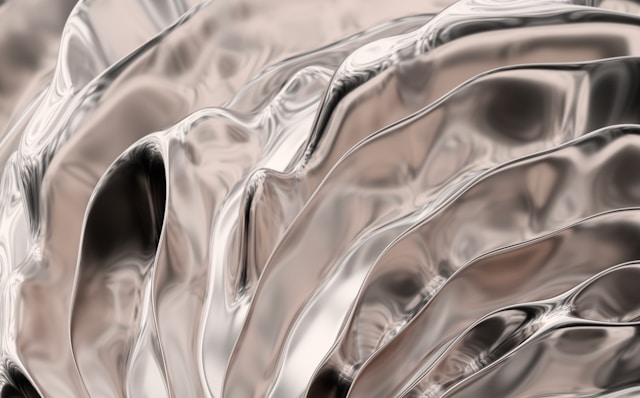
Date:2025-08-25 10:48:08
Most makers assume that once a molten polymer cools, it is electrically inert. A Brazilian group led by Prof. Thiago A. L. Burgo (Federal University of Santa Maria) now shows the opposite is true: even a single 0.2 mm layer can exceed one kilovolt, and the charge pattern is as programmable as any other print parameter.
Using a high-speed Kelvin probe bolted to the print gantry, the team followed five common plastics—ABS, PLA, PETG, TPU and Nylon—while they were extruded onto glass, steel and PTFE beds. The probe captured every other printed line in real time, revealing that:
• Direction matters. A diagonal raster produces the highest surface potential on ABS and PETG, whereas concentric paths spread charge more evenly.
• Speed competes with temperature. Raising nozzle or bed temperature by just 10 °C can double the surface voltage; pushing the speed from 20 mm s⁻¹ to 140 mm s⁻¹ often halves it.
• Humidity overrides everything. Filaments conditioned below 5 % relative humidity emerged up to ten times more highly charged than those kept at 90 % RH.
Multi-layer prints act like capacitors. Four layers of ABS on a heated bed generated local fields of 30 kV m⁻¹—high enough to threaten ESD-sensitive electronics. Conversely, PLA deposited atop previously charged PLA layers continued to accumulate negative charge linearly, producing a quasi-permanent electret without any post-processing.
Practical fixes
The authors demonstrate two bench-top fixes that require no exotic hardware:
Pre-treat the build plate with a handheld piezo gun (Zerostat). Five positive discharges neutralised a PLA test piece; fifteen pulses inverted its polarity to a uniform +150 V.
Exploit multi-material printing. On a single PEI sheet, ABS, PETG and Nylon self-organised into positive–negative–positive domains, cancelling bulk charge while retaining interfacial adhesion.
Energy-harvesting twist
By printing on a metal plate pre-polarised to ±200 V, the team turned the same desktop printer into an electret factory. PETG-based electrets retained 80 % of their initial 350 V after 72 hours, suggesting a simple route for 3-D-printed, self-powered sensors or MEMS microphones.
Open data, open tools
All raw potential maps, Faraday-cup charge data and Python logging scripts have been placed in a public repository. The group is now collaborating with slicing-software developers to embed “charge-aware” profiles, letting users dial in “ESD-safe” or “high-electret” modes with a single click.
Prof. Burgo summarises: “For decades we treated static as a nuisance. By making it visible in real time, we can finally design it out—or design it in.”





